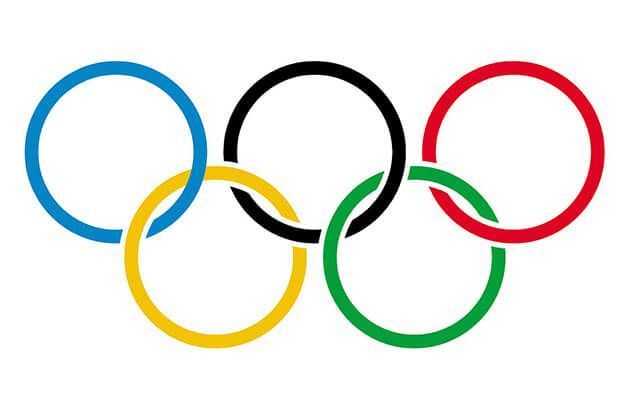The famous Olympic rings logo is more than 100 years old, but its symbolism is ageless.
A few things come to mind when we think of the Olympics: the athletes marching in during the opening ceremonies while proudly carrying the flags of their nations; the dramatic awarding of the gold, silver, and bronze medals to the event winners; the torch and other unforgettable Olympic moments; and, of course, the Olympic rings.
By this time, the five interlocking Olympic rings are so commonplace that it’s likely you don’t give them any thought. You may presume there is a similar spirit behind the Olympic rings given what we know about rings indicating a continual, unbroken commitment—wedding rings, for example—but it’s much more than that. The meaning of the Olympic rings and the background to their design are explained here.
The history of the Olympic Games
One individual, Pierre de Coubertin, a 19th-century French historian, sociologist, athlete, and education reformer, is responsible for the creation of both the Olympic rings and the modern Olympics. According to the International Olympic Committee, Coubertin held the inaugural Congress on Physical Education and Scholar Competitions at the 1889 Paris Universal Exposition in addition to aiming to make physical education accessible to French students as it was to their English counterparts (IOC). Coubertin created the IOC five years later, in June 1894, and put forth the idea for the modern Olympic Games, which were first staged in Athens in 1896 and subsequently in Paris in 1900.
Coubertin’s original plan for the Olympics involved top athletes from around the globe converging on a single venue to compete against one another. He explained how the Games would rotate between several nations and why it was such an important component of the event in the second edition of the Olympic Bulletin in 1894. According to him, “the brilliance of each culture, its style of celebrating the holidays, and its participation in physical activity is what will give the current Olympic Games its genuine identity, and perhaps may make them better than their ancient forebears.” It is apparent that the Games staged in Rome will not match those held in London or Stockholm in the least.
The history of the Olympic rings
Athletes from what were then regarded as the five continents—Africa, Asia, Europe, Oceania (Australia and New Zealand), and a combination of North and South America—participated in the first Olympic Games, which were held in Stockholm, Sweden, in 1912. Coubertin created the Olympic rings, which would later serve as the Games’ emblem, after being inspired by what had grown to be a truly international occasion. (His first draught from 1913 is displayed above.)
Since 1920, the Olympic rings have been used in every summer and winter Games and have hardly changed. The exception to this rule was a 1957 version that significantly expanded the distance between the rings. However, the IOC chose to return to Coubertin’s original design and spacing—the Olympic Stadium iteration—in 2010.
What the Olympic rings represent
Although rings and circles have long been used as symbols by humans, the Olympic rings have a unique significance. The five rings, for instance, stand for the five continents represented at the 1912 Games. The Olympic symbol “expresses the activities of the Olympic Movement…and the assembly of athletes from throughout the world at the Olympic Games,” according to Rule 8 of the Olympic Charter.
The five interlaced rings must also have identical dimensions to symbolise how fair the Games are to all continents. The five rings, in Coubertin’s words, “represent the five areas of the world now won over to the cause of olympism and ready to accept its fecund rivalries,” as he concluded.
the significance of the Olympic rings’ colors
Given what we know about colours and their various symbolic meanings, it would seem reasonable to presume that each colour used in the Olympic rings would represent a particular entity, such as a continent. But in fact, that isn’t at all the case. When he unveiled the Olympic symbol in 1913, Coubertin chose the six official Olympic colors—blue, yellow, black, green, red, and white (seen in the background)—because every flag of the countries taking part in the games could be replicated using those hues. Alternatively, he said: “The six hues so mixed reproduce those of all nations without exception.”
Also Read –Why In 1946 The British Decided To Leave India?



